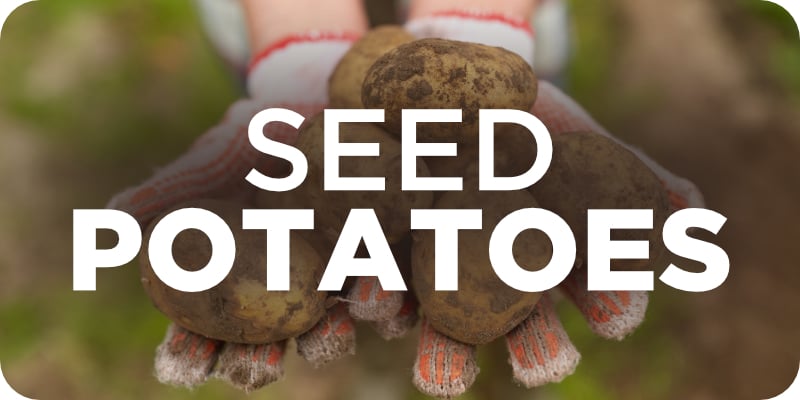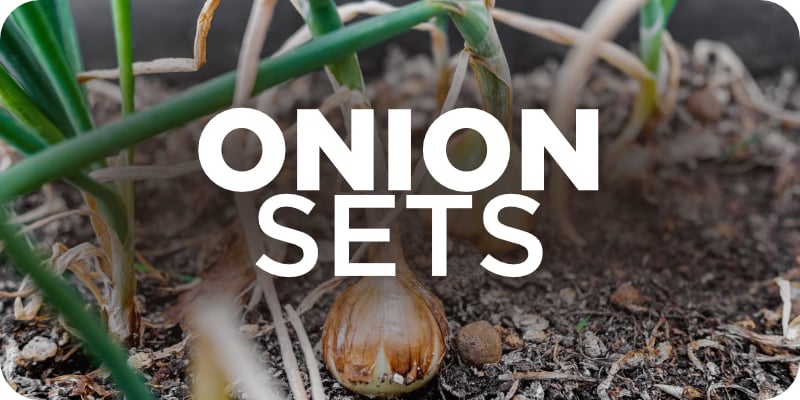
Planting seed potatoes is a great way to grow your own potatoes at home. The Midwestern old wives' tale states that seed potatoes should be planted by Easter. Here are a few ideas for planting seed potatoes:
Grow in raised beds
Growing potatoes in raised beds can be a great way to improve drainage and ensure that the soil doesn't become waterlogged. You can make your raised bed out of wood or bricks and fill it with a good quality, well-draining soil.
Grow in containers
Potatoes can be grown in containers, such as pots or grow bags. This is a great option for small spaces or for those who want to grow potatoes on a balcony or patio. Be sure to choose a container with drainage holes and use a good quality, well-draining soil.
Grow in the ground
Planting seed potatoes directly in the ground can be a great option for those with larger gardens or plots of land. Be sure to choose a sunny spot with well-draining soil and dig in some well-rotted manure or compost before planting.
Companion planting
Companion planting is a great way to grow potatoes while also providing other benefits to your garden. Consider planting seed potatoes with other vegetables such as beans, carrots, or corn.
Intercropping
Intercropping involves planting seed potatoes with other plants, such as flowers or herbs. This can be a great way to make the most of your garden space and to improve soil health.
Cover crops
Cover cropping is a great way to protect your soil and improve soil health. Cover crops such as clover, wheatgrass, or rye can be planted around seed potatoes to improve soil health and suppress weeds.
Planting in straw
Planting seed potatoes in straw can be a great way to improve drainage and prevent the potatoes from rotting. Simply place the seed potatoes on top of a layer of straw and cover with more straw.
By following these ideas for planting seed potatoes, you can enjoy a bountiful harvest of fresh, homegrown potatoes. Remember to keep the soil moist, fertilize regularly and protect the seedlings from frost.
When to plant seed potatoes?
The ideal time to plant seed potatoes depends on your climate and the specific variety you are planting. In general, seed potatoes should be planted when the soil can be worked, which is typically around late March or early April in zones 5a and 5b. Planting seed potatoes before Easter is possible as long as the soil is workable and there is no risk of frost in the forecast.
It is important to keep in mind that seed potatoes should be planted in soil that has a temperature of at least 40-45 °F for optimal germination and growth. If the soil is too cold, the seed potatoes may not sprout, or may sprout too slowly, reducing the yield.
If you're not sure when to plant your seed potatoes, it's best to check with your local gardening center or extension office for specific recommendations for your area. They will have information on the best time to plant based on your local weather patterns and frost dates.
Also, take into consideration that seed potatoes will take around 90-120 days to reach maturity, so if you want to harvest them before the end of the summer, you should plant them before Easter.

Planting onion sets is a great way to grow onions in zones 5a and 5b, which have moderate climates and relatively long growing seasons. Here are a few ideas for planting onion sets in these zones:
Choose the right variety
It's important to choose onion varieties that are well-suited to your climate. In zones 5a and 5b, long-day onions such as 'Walla Walla' or 'Candy' are a good choice. Short-day onions such as 'Granex' or 'Texas Grano' can also be grown in these zones but they need a shorter day length to initiate bulb formation.
Plant at the right time
Onion sets should be planted in the early spring, as soon as the soil can be worked. In zones 5a and 5b, this is typically around late March or early April.
Plant in well-draining soil
Onions prefer well-draining soil that is rich in organic matter. Before planting, amend the soil with compost or well-rotted manure to improve drainage and fertility.
Provide adequate sunlight
Onions need at least six hours of sunlight per day to grow well. Plant them in a sunny spot in your garden.
Space the sets properly
Onion sets should be spaced about 3-4 inches apart, with rows spaced about 12-15 inches apart. This will provide enough room for the bulbs to grow without crowding.
Water properly
Onions need consistent moisture to grow well. Water them regularly and deeply, especially during dry spells.
Fertilize
Onions benefit from regular fertilization, using a balanced fertilizer.
Thin out the seedlings
As the onion sets start to grow, thin out the seedlings to the final spacing, this will help the onions to grow to their full size.
By following these ideas for planting onion sets in zones 5a and 5b, you can enjoy a bountiful harvest of onions. Remember that onion sets may need protection from frost and to harvest them once the leaves start to yellow and fall over.